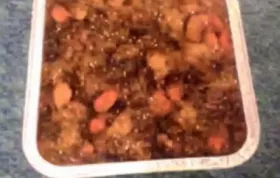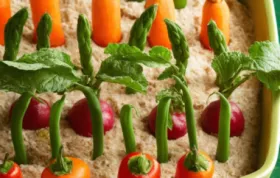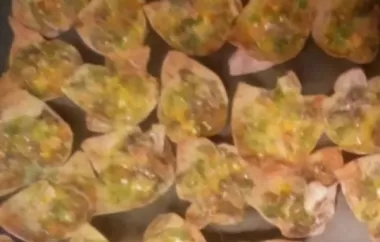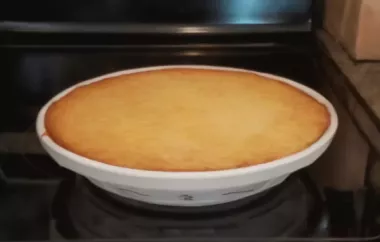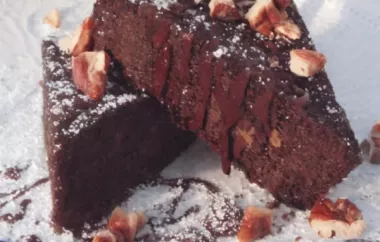Perfect and Easy Never-Fail Pie Crust II Recipe

Published on October 16, 2023
Learn how to make the perfect pie crust with this easy and foolproof Never-Fail Pie Crust II recipe. This recipe is perfect for beginners and experienced bakers alike, producing a flaky and tender crust every time. With only a few simple ingredients and step-by-step instructions, you'll be able to create pies that are both beautiful and delicious.
Ingredients
- 2 cups all-purpose flour
- 1 teaspoon salt
- 3/4 cup vegetable shortening
- 4-6 tablespoons ice water
Directions
- In a large mixing bowl, combine the flour and salt.
- Cut in the shortening using a pastry cutter or your fingers until the mixture resembles coarse crumbs.
- Sprinkle ice water, one tablespoon at a time, over the flour mixture, tossing with a fork to moisten evenly.
- Gently gather the dough into a ball, divide it in half, and shape each half into a disk.
- Wrap the dough in plastic wrap and refrigerate for at least 30 minutes.
- Preheat the oven to 425°F (220°C).
- Remove one disk of dough from the refrigerator and let it sit at room temperature for a few minutes to soften slightly.
- Roll out the dough on a lightly floured surface, starting from the center and working your way out, until it forms a 12-inch circle.
- Carefully transfer the rolled-out dough to a 9-inch pie dish.
- Trim any excess dough and crimp the edges as desired.
- Repeat the rolling and shaping process with the second disk of dough for a double-crust pie or proceed to fill the pie as desired.
- If making a single-crust pie, use a fork to prick holes in the bottom of the crust to prevent it from bubbling up during baking.
- If making a double-crust pie, fill the bottom crust with your desired pie filling, then top with the second rolled-out dough.
- Press the edges of the top and bottom crusts together to seal, then flute the edges as desired.
- Bake the pie according to your specific pie filling recipe, typically at the recommended temperature and time for the filling.
Interesting Facts
You’ll Also Love



